The crew of HMS Prince of Wales have begun a crucial phase of preparation for future deployments.
The 65,000-tonne vessel commenced Operational Sea Training on September 9, following its departure from HM Naval Base Portsmouth on September 4th.
Operational Sea Training begins… pic.twitter.com/mv0sUI9lgS
— HMS Prince of Wales (@HMSPWLS) September 9, 2024
The Operational Sea Training is designed to ensure the carrier and its crew are fully equipped for upcoming operations, with a variety of drills and exercises testing their readiness. The training regimen is comprehensive, covering all aspects of the ship’s capabilities, including the use of its Merlin helicopters and F-35 fighter jets.
These exercises are vital in ensuring the ship’s crew can respond effectively to a wide range of scenarios during future deployments.
We reported recently that the Royal Navy is entering a busy period as both HMS Prince of Wales and HMS Queen Elizabeth have set sail for equipment trials and training exercises.
HMS Queen Elizabeth departed Portsmouth on the 2nd of September at 12:10 PM, following extensive repairs and capability upgrades completed at Rosyth earlier this year.
This included critical work on the starboard propeller shaft coupling, which was necessary after a technical issue caused the vessel to withdraw from the NATO exercise Steadfast Defender. During that time, HMS Prince of Wales assumed operational responsibilities.
Summer leave over!
Good to be heading back to sea for a busy period of equipment trials and training. pic.twitter.com/Q7mLWZ6aUv
— HMS Queen Elizabeth (@HMSQNLZ) September 2, 2024
HMS Prince of Wales followed suit. Both vessels are the most powerful warships ever constructed for the Royal Navy, displacing approximately 65,000 tonnes and measuring 280 metres in length. Each carrier is capable of accommodating up to 40 aircraft, including advanced F-35B Lightning II stealth fighters and various helicopters.
HMS Queen Elizabeth, commissioned in December 2017, has already undertaken significant operational duties, including a global deployment in 2021. HMS Prince of Wales, commissioned in 2019, has also seen operational deployments to the United States and across Europe and the Arctic.
After a brief period of leave, we return to sea with our focus firmly on preparations for Operational Sea Training.#2QECAtSea#IServe pic.twitter.com/78CgueSoS1
— HMS Prince of Wales (@HMSPWLS) September 4, 2024
The Queen Elizabeth-Class Carriers
The Queen Elizabeth-class aircraft carriers measure 284 metres in length and have a standard displacement of approximately 65,000 tonnes. The design allows for this displacement to increase to over 70,000 tonnes as the ships undergo upgrades throughout their operational lifespan.
These carriers are manned by a core crew of about 679 personnel, which can expand to around 1,600 when including aircrew. The ships are equipped to carry up to 40 aircraft, predominantly featuring the advanced F-35B Lightning II stealth fighters.
The air wing typically comprises a combination of F-35B fighters and various rotary-wing aircraft, such as the Merlin HM2 and Wildcat. Additionally, the Royal Navy is exploring the integration of unmanned aerial vehicles (UAVs) to enhance operational flexibility. Trials are underway for systems like the General Atomics Mojave, which aims to support roles including strike operations and airborne early warning, reflecting the Royal Navy’s commitment to modernising its air capabilities.
In terms of propulsion, the Queen Elizabeth-class carriers utilise an Integrated Electric Propulsion system, consisting of two Rolls-Royce Marine Trent MT30 gas turbines and several Wärtsilä diesel generator sets. This configuration grants the vessels a range of approximately 10,000 nautical miles.
The flight deck of these carriers is designed to support a variety of rotary and fixed-wing aircraft. The hangar deck measures 155 by 33.5 metres, providing ample space to accommodate up to 20 aircraft. To facilitate quick transfers from the hangar to the flight deck, each carrier is equipped with two large lifts capable of moving aircraft efficiently.
For self-defence, the carriers employ the Phalanx Close-In Weapon System (CIWS) to counter potential airborne threats. In addition, the ships feature sophisticated radar systems, including the BAE Systems/Thales S1850M for long-range detection and the Artisan 3D radar system.
Finally, the Queen Elizabeth-class carriers are fitted with a highly mechanised weapons handling system, which streamlines the management of munitions on board. This system allows for efficient movement of palletised munitions from storage areas to the flight deck, minimising the need for manual handling and optimising operational readiness.



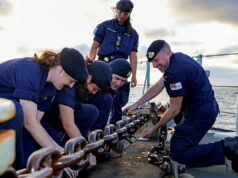
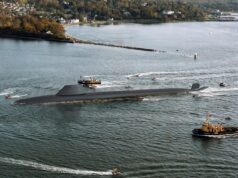
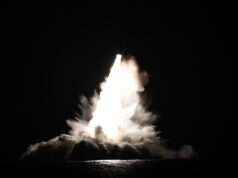
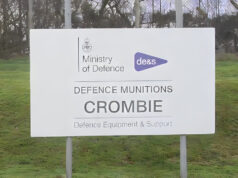
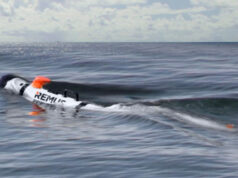
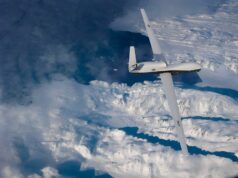
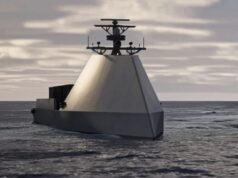
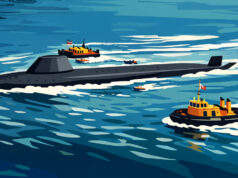
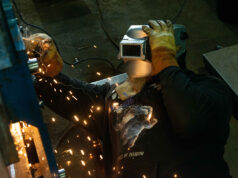
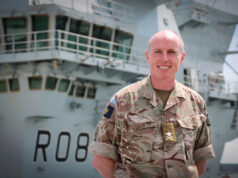

Sounds odd to train to go on operations when said operations are effectively training in themselves when not at war. That said we need to avoid mishaps don’t we.
Ship and company need recertification after major works and deployment pauses. Probably a lot of new faces.
Poor carrier, so empty.